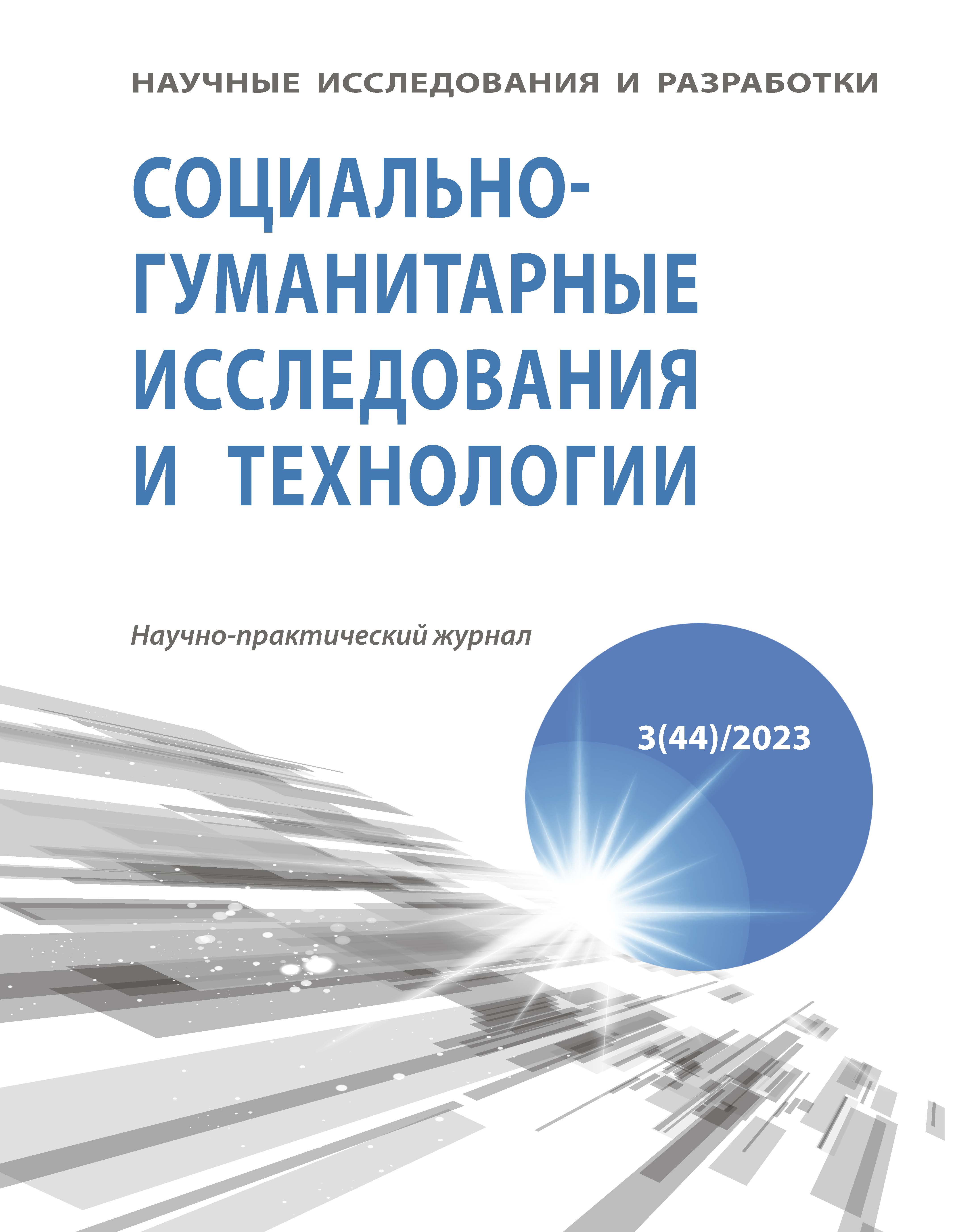Россия
Китайская нация имеет давние традиции танцевального образования. Танец как направление художественного образования интегрирует различные аспекты развития личности. Поэтом танцевальные курсы в колледжах и университетах стали популярными среди учащихся Китая. Курсы помогают улучшить форму тела, развить темперамент и способствуют всестороннему развитию учащихся. Поэтому правительство Китая всегда поддерживало и развивало танцевальное образование. Эта статья пересматривает основные аспекты, влияющие на дальнейшее развитие танцевальное образование, в котором могут соотносится различные противоречивые процессы. Китай – это цивилизация, которая умеет гармонировать противоречивые процессы, связанные с развитием уникальных аспектов культуры (традиционных) и универсальных (интернациональных). Хореографическая школа Китая — это многовариантный, непредсказуемый и сложный процесс обучения, в котором исполнительное искусство преисполняется благоговением перед национальным, а воспитательная функция – перед универсализмом. Следовательно, современное танцевальное образование Китая имеет не только глубокие национальные корни, но и интернациональный потенциал для подлинного диалога с другими странами и цивилизациями.
Китай, танец, образование, история, развитие традиционного танца, интернационализация обучения
1. Буколова Н.О. (2015) Исторические аспекты развития танцевального искусства в КНР: от истоков к современности // Культура: теория и практика. 2015. №8. URL: https://cyberleninka.ru/article/n/istoricheskie-aspekty-razvitiya-tantsevalnogo-iskusstva-v-knr-ot-istokov-k-sovremennosti.
2. Altbach, P. G. & Knight, J. 2007. The internationalization of higher education: Motivation and realities. Journal of Studies of International Education, 11(3/4), 290-305.
3. Buckland, T. J. 1999. [Re] Constructing Meanings: the Dance Ethnographer as Keeper of the Truth. In Dance in the Field (pp. 196-207). Palgrave Macmillan UK.
4. Chen, J. 2015. Teachers’ conceptions of approaches to teaching: A Chinese perspective. The Asia-Pacific Education Researcher, 24(2), 341-351.
5. Chen Jing. Moscow Ballet School and the Formation of a Ballet School in China // Collection of articles of the Moscow State Academy of Choreography on theater, ballet and music. Ninth edition. - M .: Publishing House MGAH, 2010. - S. 37-48.
6. Gromov Yu.: From School in Russia to School in Fucik: History. Stage dance theory. Choreographic pedagogy / St. Petersburg. humanizes. un-t of trade unions; comp. V.A. Zvezdochkin. - SPb .: SPb GUP, 2001 .-- 148 p.
7. Hou, J., Montgomery, C., & McDowell, L. 2014. Exploring the diverse motivations of transnational higher education in China: complexities and contradictions. Journal of Education for Teaching, 40(3), 300-318.
8. Huang, F. 2003. Policy and practice of the internationalization of higher education in China. Journal of Studies in International Education, 7(3), 225-240. DOI: https://doi.org/10.1177/1028315303254430; EDN: https://elibrary.ru/JNYTXL
9. Institute of Dance Education, Beijing Dance Academy. Criticism on Dance Creation. Beijing: Minzu University of China Press, May 2015.
10. Lamond, D. 2005. On the value of management history: absorbing the past to understand the present and inform the future. Management Decision, 43(10), 1273-1281.
11. Li Chang, S. M. & Frederiksen, L. E. 2016. Chinese Dance: In the Vast Land & Beyond. Middletown, CT: Wesleyan University Press.
12. Lu, Y., Mavondo, F. T., & Qiu, L. L. 2009. Factors influencing the choice of overseas study by undergraduate and postgraduate Chinese students. In Australian and New Zealand Marketing Academy Conference, Crown Promenade, Melbourne, Australia. Available at: http://www.duplication.net.au/ANZMAC09/papers/ANZMAC2009-740.pdf.
13. Martin, R. 2012. An international education in dance: Personal narratives of seven women from the southern Mediterranean region (Doctoral dissertation, ResearchSpace@ Auckland).
14. Martin, R. 2013. Alienation and transformation: An international education in contemporary dance. Research in Dance Education, 14(3), 201-215.
15. Ministry of Education of China. 2014. 教育部2014年工作要点. Retrieved on 25 November 2016 from, http://www.moe.gov.cn/jyb_xwfb/moe_164/201401/t20140124_163169.html.
16. New Zealand Ministry of Foreign Affairs and Trade. 2015. NZ Inc China Strategy. https://www.mfat.govt.nz/assets/_securedfiles/NZ-Inc-stategy/NZInc-Strategy-China.pdf.
17. Raheb K.El., Stergiou M., Katifori A., Ioannidis Y. (2019). Dance Interactive Learning Systems: A Study on Interaction Workflow and Teaching Approaches. ACM Comput. Surv. 52, 3, Article 50 (May 2020), 37 pages. https://doi.org/10.1145/3323335.
18. Revolutionary Bodies : Chinese Dance and the socialist Legacy / ed. by Emily Wilcox : Berkeley, CA : University of California Press, 2018. - 322 p.
19. UNESCO Institute for Statistics, 2016. Global flow of tertiary level students. Retrieved on 25 November 2016 from, http://www.uis.unesco.org/Education/Pages/international-student-flow-viz.aspx.
20. Wang, Kefeng. The Progressive History of Chinese Dance / Kefeng Wang. - Shanghai: Naroda Publishing House, 2009.- 312s.
21. Willis, M. 2008. Aspects of Educational Delivery within Sino-Foreign Educational Alliances: Is This the Real Key to Success?. Journal of Marketing for Higher Education, 18(2), 186-215.
22. Yu, P. The history of the development of Chinese national ballet / P. Yu. - Beijing : Nar. muses. publishing house, 2004. - 374 p.
23. Zhang, Y. 2014. Governing art districts: State control and cultural production in contemporary China. The China Quarterly, 219, 827-848.
24. Zhang, Y. 2016. Making students happy with wellbeing-oriented education: Case study of a secondary school in China. The Asia-Pacific Education Researcher, 1-9.
25. Zhong, Q. Q. 2006. Curriculum reform in China: Challenges and reflections. Frontiers of Education in China, 1(3), 370-382. DOI: https://doi.org/10.1007/s11516-006-0014-3; EDN: https://elibrary.ru/LAUOPP






